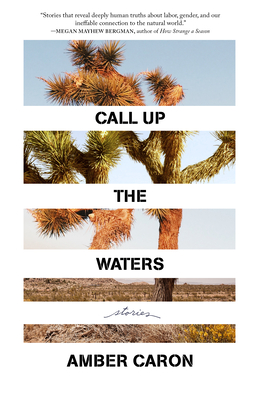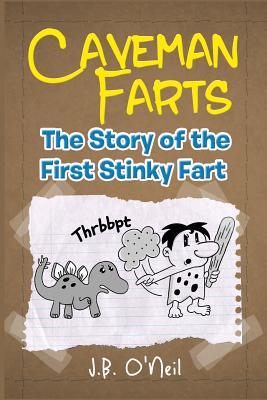
description
ories about the daily lives and labors of girls and women in rural America.In Call Up the Waters, the natural world is an escape hatch, a refuge, a site of work, and an occasional antagonist. In the title story, a devastating drought leads a mother of two deep into the Colorado Rockies in search of water. In "The Handler," a woman leaves her boyfriend for the New Hampshire woods and fifty-seven sled dogs. A distress call from a boat in Massachusetts Bay compels a mother, in "Sea Women," to plumb her daughter's secrets. A girl torn between truth and expectation shows her courage in a funereal performance in "Barn Burning." And in "Bending the Map," a woman turns the tables on her obsessive, would-be lover after a powerful storm ravages her canyon home.
The characters in these ten stories-search-and-rescue workers, dog trainers, naturalists, archaeologists, and dowsers--are each fundamentally shaped by the environment in which they live and work. They seek meaning through labor, connection through jobs. But in that searching they often find themselves far from their destination. Familiar landscapes suddenly feel strange. Unfamiliar spaces offer something like hope. Off the map and off the grid, these characters, and their regrets and devotions, are nevertheless immediately, intimately recognizable.
Sharply observant but steadily elegant, textured with empathy and grit, Call Up the Waters marks the arrival of a remarkable new talent.member goods
No member items were found under this heading.
Return Policy
All sales are final
Shipping
No special shipping considerations available.
Shipping fees determined at checkout.







